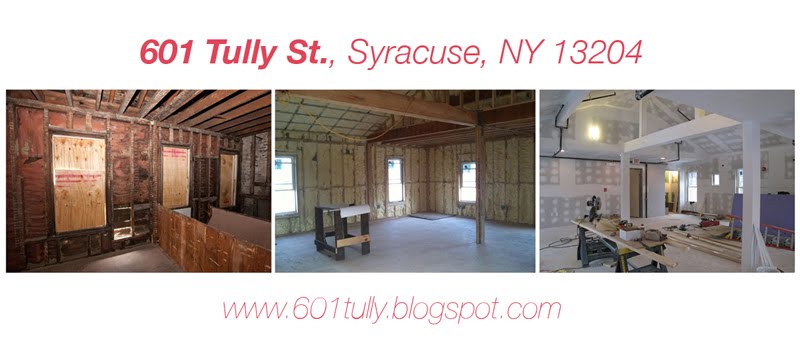“The emptiness of affluence annoys him.” (in talking about McMansions and all the empty, unused space they contain)
Mostly for the alliteration but also for the message. This statement connects to the last article we read as well as ideas the materials group wishes to pursue. We discussed using materials we could find around the area, for example from the habitat for humanity restore or from lumber manufacturers’ scraps, to build in a cost effective way while also giving the building some character. Using recycled materials will help to make our final object ‘sing’ of the process used to create it. While the materials themselves might be silent, a house-turned-business made up of multiple reused materials will say something. Also, our interaction with members of the community in coming up with ideas about program and creating a design grounds the project in the neighborhood and helps protect against the emptiness that can occur when something is placed in a community which does not belong.
Also, here are a few interesting links I found related to partition wall systems (and the restore), if we’re still interested.
http://gizmodo.com/282583/mio-nomad-system-create-a-wall-anytime-anywhere
http://www.ecofriend.org/entry/eco-arts-acoustic-partition-system-made-from-recycled-plastic-fiber/
http://www.syracuserestore.org/

True. Though the building materials may have once been mute, their reuse will most certainly speak to the community as a testament to its resiliance.
ReplyDeleteI agree with the use of local materials. I think we should even Push It Further by having the community to join us in collecting/making these materials. The other day I was talking to Eric about using recycle paper to make partition wall. I thought it would be much more meaningful if these papers are collected from every household in NW. Just imagine how interesting it would be when a kid finds the litle drawing he made on a piece of paper they donate becomes part of the paper wall.
ReplyDeleteI have seen examples of paper structure and I think they can be extremely strong if its stacked or made right. Here is the link to flickr about a temple in Taiwan made out of paper structurally.
http://www.flickr.com/photos/viablog/3447609556/
I also like to share the video on Teddy Cruz that I was talking about during the class. Its a very good summary of his work.
http://www.thenation.com/doc/20090216/cruz